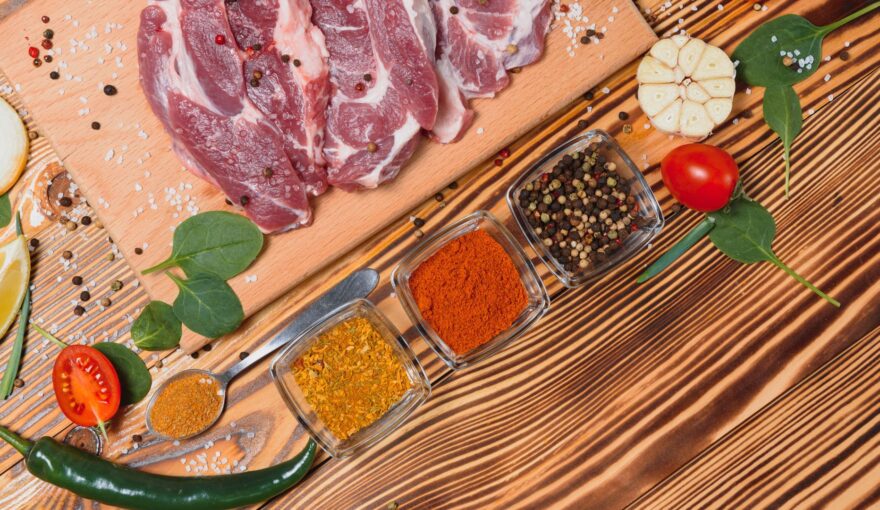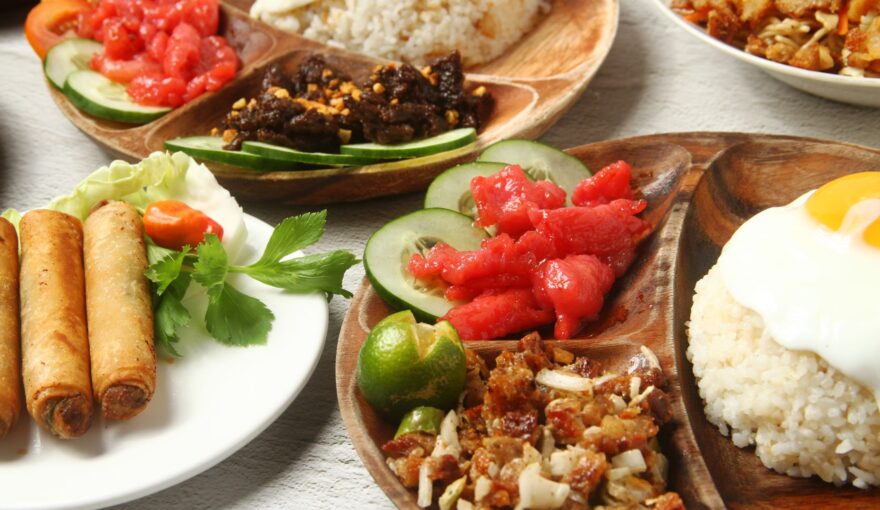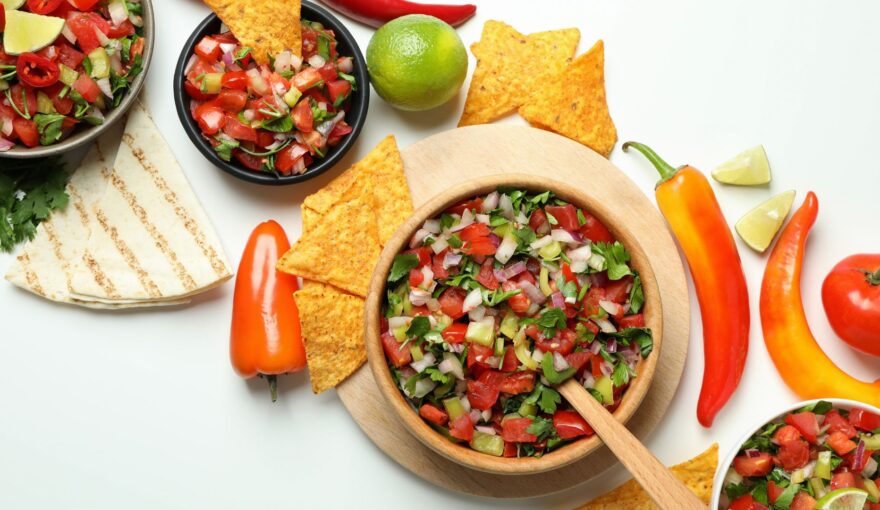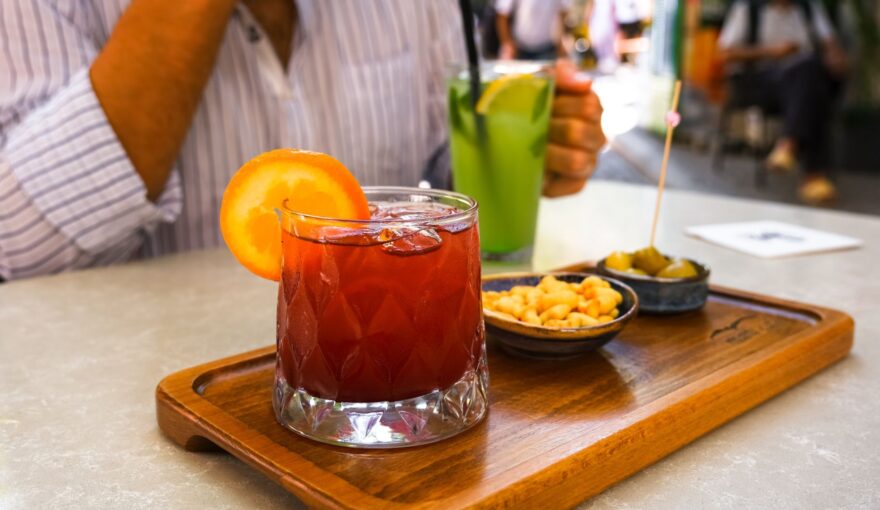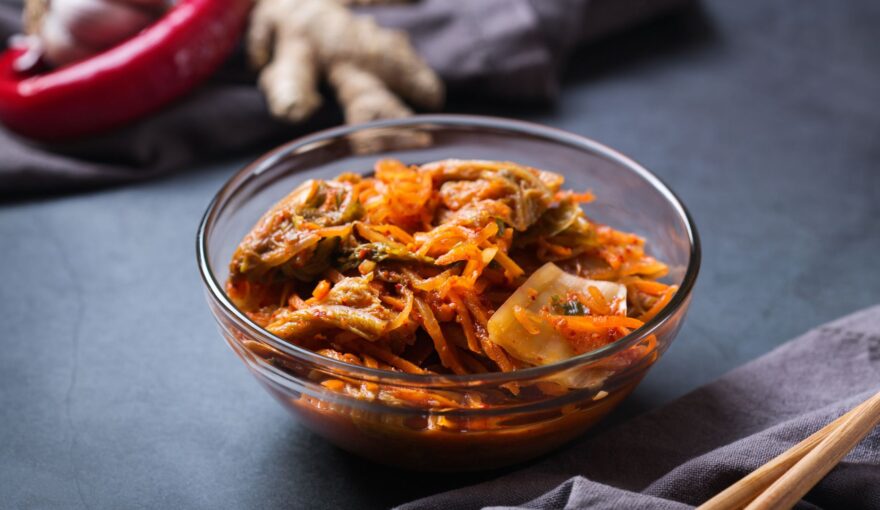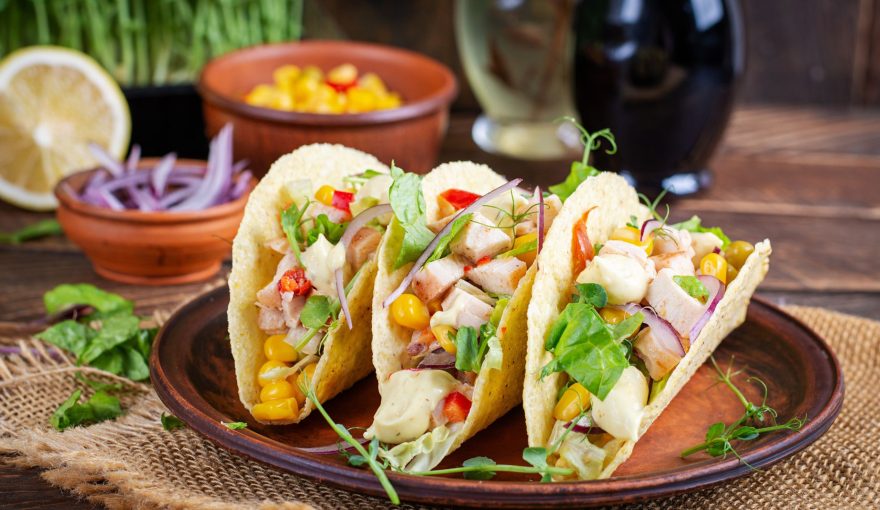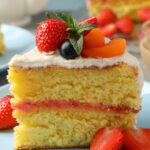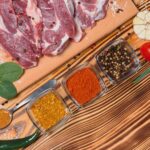Latin Desserts: Sweet Traditions with History
Latin desserts are more than the last course of a meal. They are symbols of heritage, family gatherings, regional identity, and the blending of cultures across Latin America. At Azúcar Restaurant, many of our most beloved desserts carry stories that date back centuries, shaped by indigenous ingredients, European influences, and the creativity of home cooks who transformed everyday staples into memorable sweets.
This guide explores the history and meaning behind some iconic Latin desserts featured on our menu—tres leches, flan, cajeta, sopapillas, xangos, and more—and explains why they continue to define celebrations and comfort food throughout the region.
Tres Leches: A Cake That Traveled Through Time
Tres leches cake, now famous across Latin America, tells a story of migration and adaptation. Its origins are debated, but most food historians agree it developed in Central America or Mexico in the early 20th century, inspired by European sponge cakes soaked in milk or cream.
What makes tres leches culturally significant is its role in family events. It became the go-to dessert for birthdays, baptisms, and communal celebrations because it was affordable, easy to transport, and fed large groups. The milk mixture—traditionally evaporated milk, condensed milk, and whole milk—adds richness without needing butter-heavy frostings.
At Azúcar, tres leches remains a favorite because it represents what Latin desserts do best: transform simple ingredients into something deeply satisfying and rooted in memory.
Flan: A Classic That Survived Empires
Flan’s history stretches back to ancient Rome, where cooks first baked sweetened eggs and milk with honey. The concept traveled to Spain, evolved under Moorish influence with caramel and spices, and eventually arrived in the Americas during colonization.
Each country put its own mark on flan.
Mexican flan often features vanilla, a native Mexican ingredient.
Cuban and Puerto Rican versions use a denser custard with a deeper caramel.
Central American versions tend to be lighter and silkier.
What unites them is the technique: slow, gentle baking that allows the custard to set without losing its delicate texture. Because the ingredients were widely available, flan became one of the first European-style desserts to become truly “Latin,” embraced in homes from Mexico to Argentina.
Cajeta: A Regional Specialty Turned Culinary Icon
Cajeta, a caramel made from slow-cooked goat’s milk and sugar, originated in Celaya, Mexico. Its significance goes beyond its flavor. Historically, it was a travel-friendly sweet that soldiers carried because of its long shelf life. Over time, it became a culinary symbol of the region and gained national recognition.
Cajeta differs from other caramel sauces because goat’s milk adds depth, acidity, and a slight savoriness. This complexity makes it ideal for drizzling over desserts like crepes, flan, ice cream, or churro-style pastries.
When guests at Azúcar choose cajeta-based desserts, they are tasting one of Mexico’s most important traditional confections.
Sopapillas: A Warm Dessert with Cultural Layers
Sopapillas, popular in New Mexico, northern Mexico, and parts of South America, are another dessert with a layered history. Some culinary historians link them to Spanish buñuelos, while others trace their roots to indigenous fried breads. What makes sopapillas distinct is their puffed, hollow interior, created when dough is fried quickly at high heat.
In many regions, sopapillas are served with honey, cinnamon sugar, or piloncillo syrup. They became a popular restaurant dessert because they balance crispiness with warmth and pair well with coffee or after-dinner drinks.
Their versatility and comforting simplicity are why they continue to appear in Latin kitchens and restaurants today.
Xangos: A Modern Twist with Deep Roots
Xangos may seem modern, but their concept builds on longstanding Latin traditions of frying pastries and using filled doughs. Often described as a “cheesecake chimichanga,” xangos combine a flaky, crisp exterior with a creamy center, merging Mexican techniques with American-style cheesecake inspiration.
Desserts like xangos show how Latin cuisine continues to evolve while honoring classic flavors. At Azúcar, they offer a familiar richness with a Latin twist.
Why These Desserts Endure
Latin desserts endure because they balance tradition, comfort, and creativity. They use ingredients that were historically accessible—milk, eggs, sugar, wheat flour—yet transform them into sweets that feel celebratory and meaningful.
Each dessert carries a story:
Tres leches brings families together.
Flan represents centuries of culinary exchange.
Cajeta celebrates regional pride and technique.
Sopapillas evoke warm, homemade comfort.
Xangos showcase modern innovation inspired by tradition.
This blend of heritage and flavor is what makes Latin desserts so compelling.
Experience the Tradition at Azúcar
Exploring Latin desserts is a way to taste the history and diversity of an entire region, and our menu is designed to share that richness with every guest. Whether you prefer something silky, warm, crisp, or indulgent, there is a Latin sweet that captures the spirit of hospitality and celebration.



